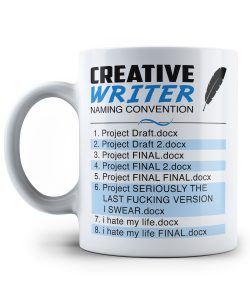
Image courtesy of Sira Anamwong at FreeDigitalPhotos.net
Drafts are the self-editing phase of writing. If you participated in NaNoWritMo in November, my fearless author friends, you now have a ROUGH draft. This is NOT a final draft, not even close. What you have is the foundation to build your novel. Bet you thought those 50,000 words were the novel. Nope – average sellable novel on the low end is 70,000 for romance, mystery, horror, and urban fantasy; and 100,000 for science fiction and fantasy.
If you are like most, you worked NaNo without an outline. Time to put that together. A previous blog post covers the benefits of outlining here. Now you have your basic story flow, and the beginnings of a synopsis for later trying to sell the product.
Looking at the outline, combined with the Rough Draft, the Macro/Content Draft begins. Are there things missing – characters dropped, action slowing down when it shouldn’t, a plot line needing beefing up? Make notes on the outline of the fixes needed and take your Rough Draft to Macro/Content Draft. When done, an increase in word count should have occurred.
Update the outline, maybe start a Bible if a series is expected. What are the major characters and locations? Heights, clothing, props, eye color, etc. With the Book Bible beside you, go over the Macro/Content Draft and update it to a Micro/Line Draft. Check for consistency of character in dialogue and actions, verify permanency of props – do they appear before they are first used, and see if any “tell” can be flipped over to “show”.
It’s okay to do one or more passes for each concentration. For example, Macro pass one adds the scenes you thought you wrote, but never got around to, while Macro pass two you rewrite the Point-of-view character because you realize the story is really about the “side-kick” and not the leader.

(Mug can be bought at GearBubble and other locations)
Once you have reached the “I hate my life FINAL.docx” phase, time for the proofreading to start. I recommend using an on-line proofreader such as prowritingaid or grammarly. As mentioned in a previous blog, it’s hard to proofread your own work.
All done.
You have gone from Rough Draft to … BetaReaderDraft. You’ve lined up those beta readers, right? Beta reader blog post is here.
A revisit of the editing levels can be found in “Editing Rant: Choose a Color“.
Congratulations on completing the National Novel Writing Month. Now you can make magic.
